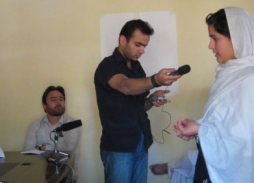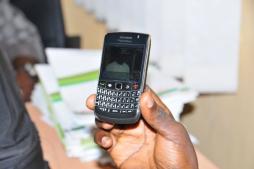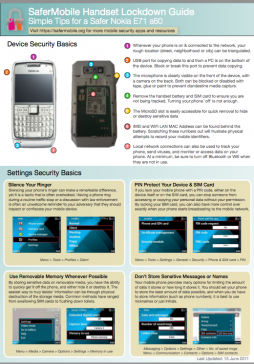Smartphones (iPhone, Android, Blackberry, Windows Mobile, Symbian) and many feature phones allow you to download and install mobile applications (“apps”). Apps do many useful things. However, some apps (and other types of software, such as your mobile operating system) can also present security risks. These include:
Apps and other software may have access to information stored on or generated by your phone.
Apps and other software may have the ability to transmit this information using your phone’s Internet connection.
Malicious apps or other mobile software installed on your mobile device can expose you to the following risks:
Your conversations may be listened to or recorded without your knowledge.
Your text messages, emails and web traffic may be monitored and logged.
Data stored on your phone (contacts, calendar entries, photos and video) may be accessed or copied.
Passwords stored or entered on your phone may be stolen and used to access your online accounts.
Your locationmaybetracked, even when your phone is switched off.
With smartphones gaining market share, malicious apps are beginning to pose a serious threat. In an article titled “Your Apps Are Watching You”, the Wall Street Journal tested popular iPhone and Android apps, and found that of 101 apps tested, 56 transmitted a unique identifier for the phone without informing the user or asking for consent. 47 apps also transmitted the phone’s location, while 5 sent age, gender or other personal details to various companies. The App Genome Project reports that 28% of all apps in the Android Market and 34% of all free apps in the Apple App Store have the capability to access location, while 7.5% of Android Market apps and 11% of Apple App Store apps have the capability to access users’ contacts.
It can be very difficult to tell which apps are safe and which are not. App behaviours that might not bother most users, such as transmitting the phone’s location to an advertising server, can be unacceptable to people with higher privacy and security requirements.
This article offers suggestions on how to assess risks to security and privacy posed by apps.







